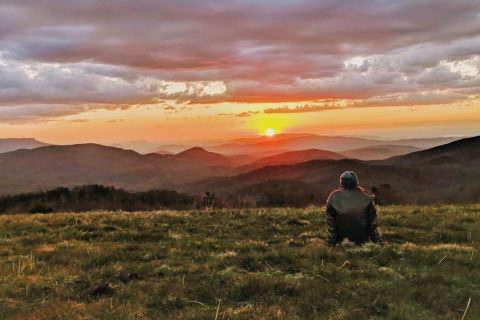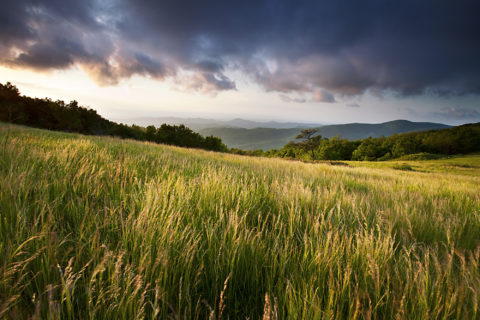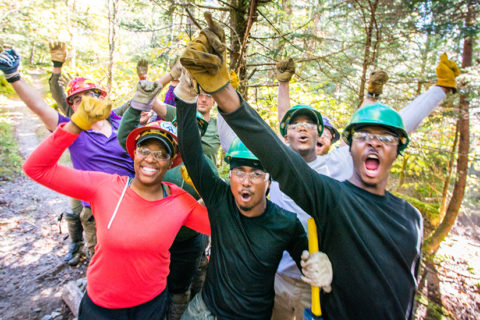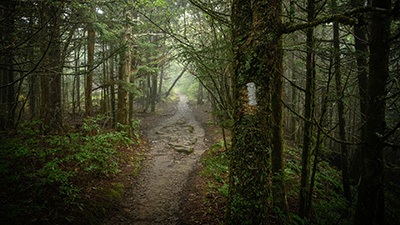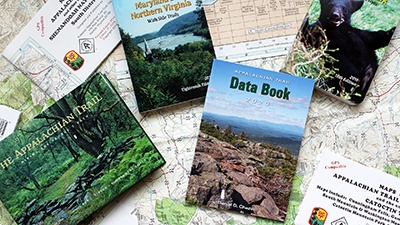Back to the Basics
Tips for Applying Leave No Trace to Hiking Adventures
January 28, 2022
Wondering how you can take care of outdoor places like the Appalachian Trail (A.T.)? Brush up on Leave No Trace principles before stepping on the footpath for your next A.T. adventure! Read on to learn how applying Leave No Trace principles helps decrease the impact on the Trail and its resources, and preserves the A.T. hiking experience for everyone.
Updated November 17, 2023
Leave No Trace
The A.T. has endured for nearly 100 years because of people like you who practice Leave No Trace. Thank you for your commitment to protecting the Trail forever, for all, and encouraging others to do the same.
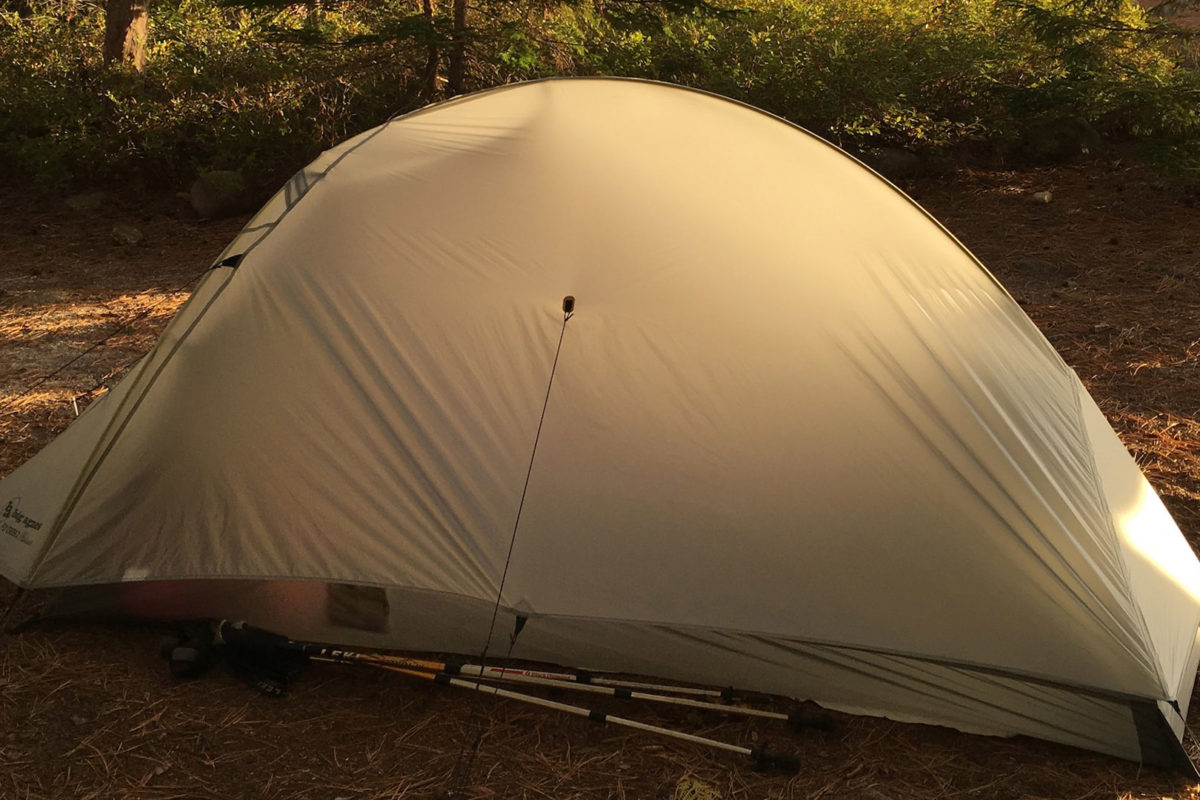
Travel and Camp on Durable Surfaces
To keep the Trail from widening, hikers should walk through mud puddles, stay on the Trail in open areas, and not cut switchbacks. When selecting a campsite, choose a durable surface (rock, bare soil, grass, tent platform), or stay at a designated campsite or shelter to help protect the Trail landscape.
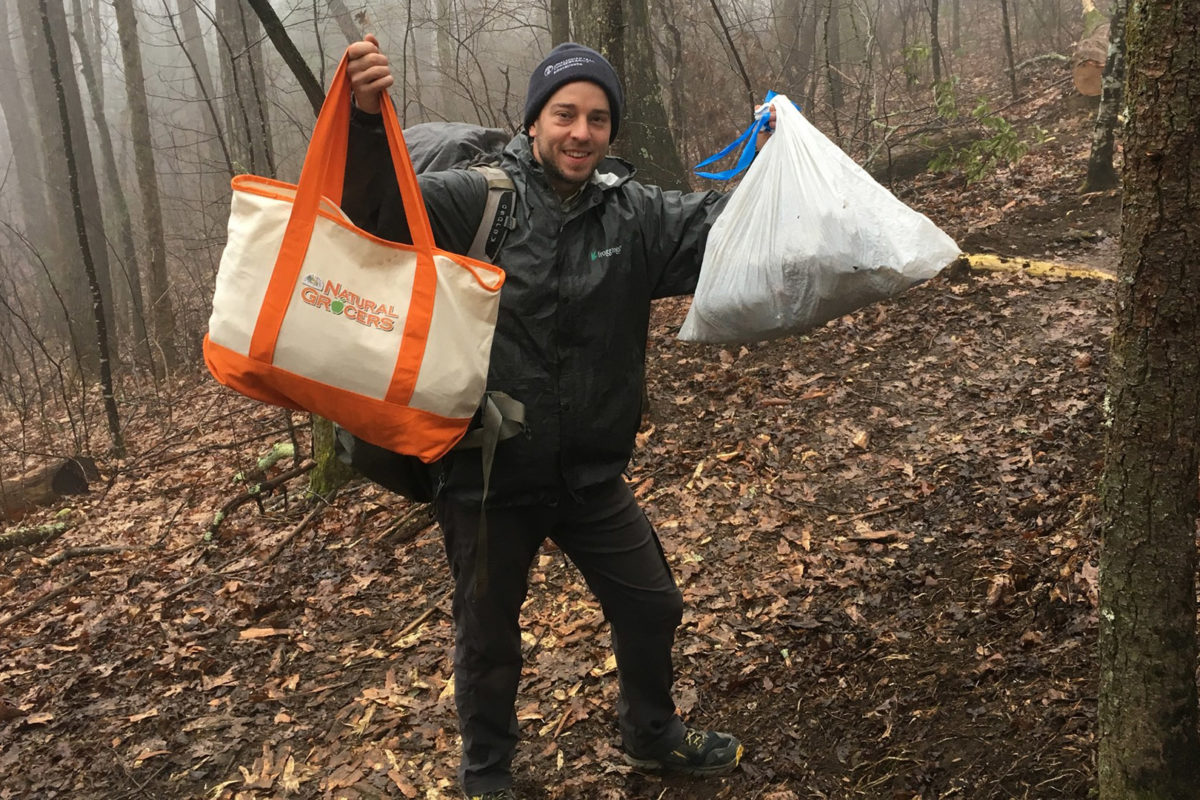
Dispose of Waste Properly
Most hikers are familiar with the phrase “Pack It In, Pack It Out” – a mantra reminding folks not to burn, bury, or leave behind litter or extra food, even things that seem biodegradable.
Proper waste disposal goes well beyond trash and includes washing dishes, brushing your teeth, and using the bathroom while hiking and camping.
Caretaker packing out trash along the A.T. photo by Laurie Potteiger


Leave What You Find
Help maintain the natural beauty of the A.T. by leaving plants, rocks, historical items, and other natural objects where you find them for all to enjoy. Do not tag trees, rocks, or Trail structures with graffiti or carvings.
Photo by Linda Steubesand
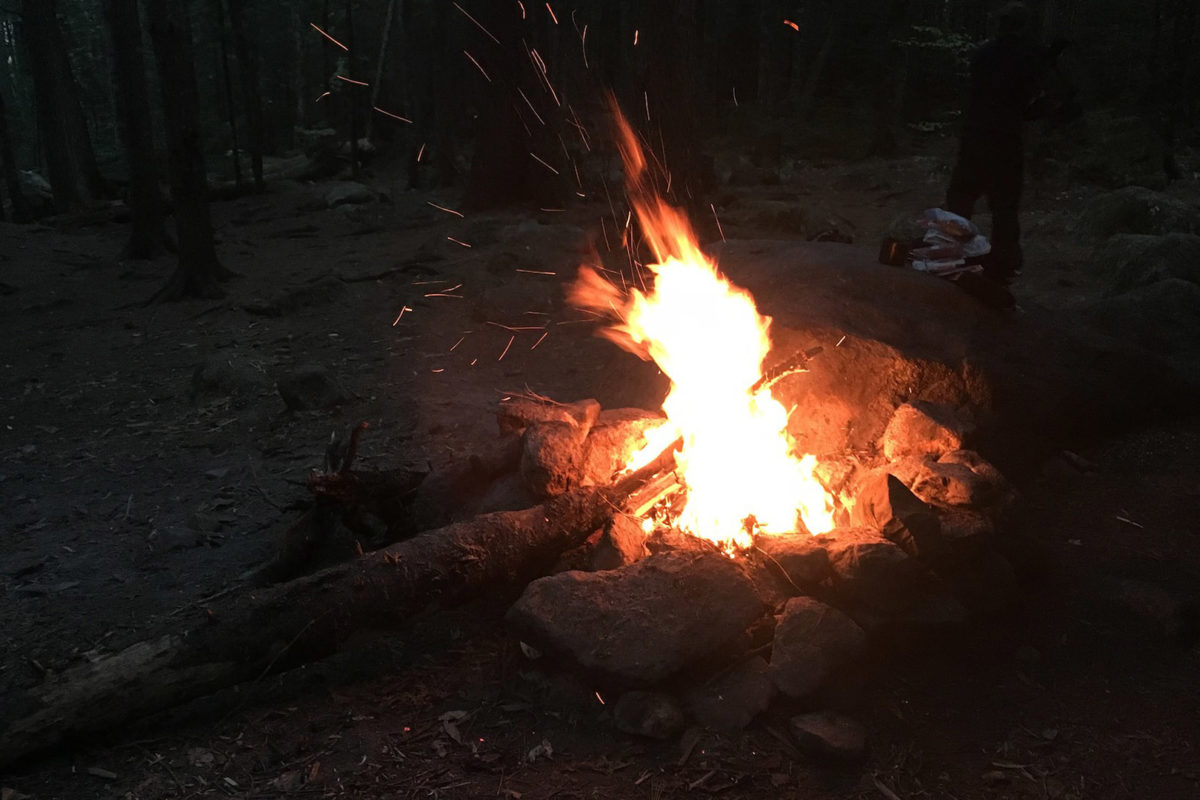
Minimize Campfire Impacts
Hikers are encouraged to practice campfire safety by keeping campfires small, using existing fire rings, using only firewood that is dead/down on the ground, and being aware of campfire regulations. If you decide to have a campfire, never leave it unattended and make sure that the campfire is completely out and cold to the touch before leaving.
Photo by Laurie Potteiger


Respect Wildlife
The A.T. and its surrounding landscape provide a world-class hiking experience and a superhighway for many migratory species. Hikers must educate themselves on how to safely share the Trail with wildlife.
Photo by Adam Yagel
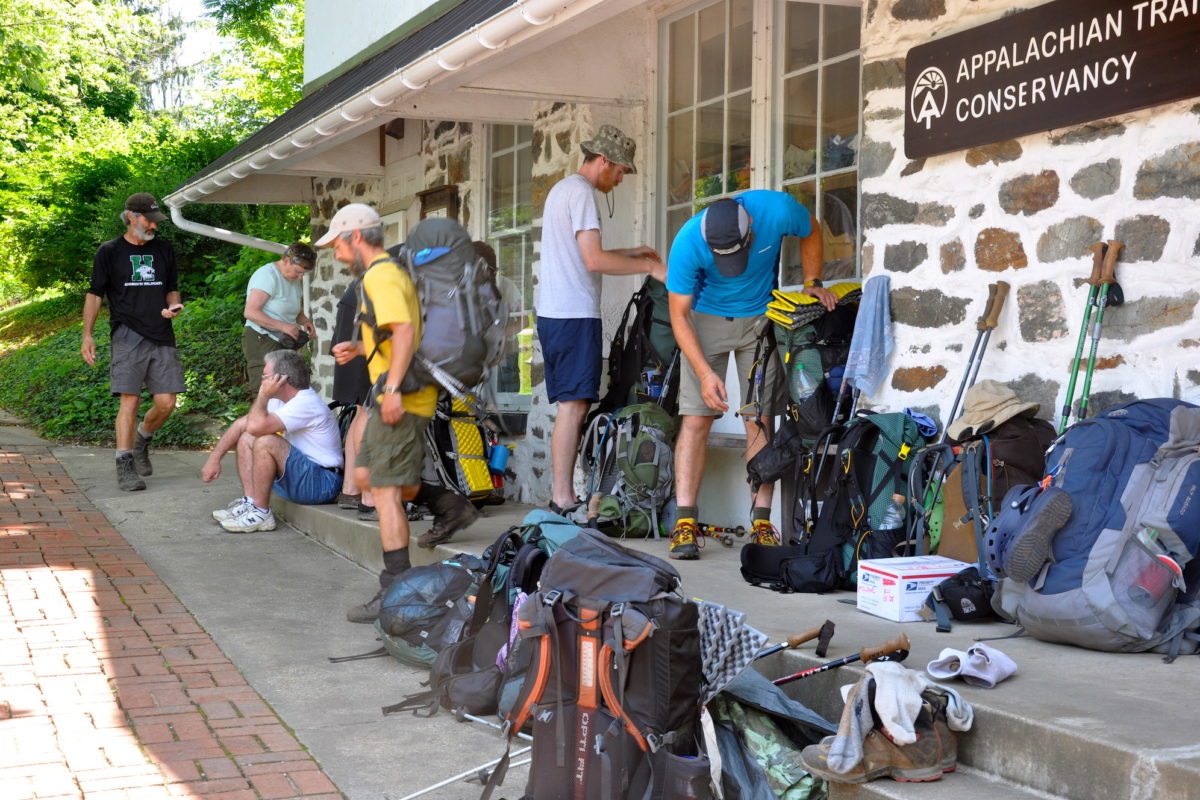
Be Considerate of Other Visitors
The A.T. is incredibly popular and hikers often find themselves hiking alongside other people, especially at overnight sites and popular vistas. You can help make other hikers’ experiences as amazing as yours by being considerate and following a few simple guidelines.
To find an uncrowded day to begin your long-distance hike and lessen the impact on Trail resources, check out ATCamp’s start date charts.

Have questions about preparing for your upcoming hike? Submit a question to us directly at appalachiantrail.org/contact.
Preparing for your A.T. adventures
Before you step on the Trail, learn about the first Leave No Trace principle: Plan Ahead and Prepare, the 10 essentials, alternative thru-hikes, and more.
We hope you’ll join us in protecting the Trail by applying the seven principles of Leave No Trace to your A.T. hike!
Happy Trails!
Thank you for your continued support and the love you express for the Trail!
Discover More
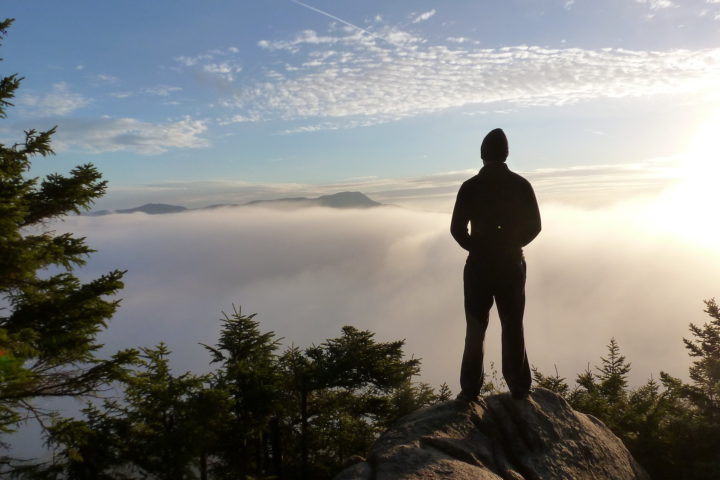
BY CAITLIN MILLER
11 Easy Ways to Improve Your Leave No Trace Footprint
A collection of simple and seemingly small ways you can practice Leave No Trace and help protect the A.T. experience.
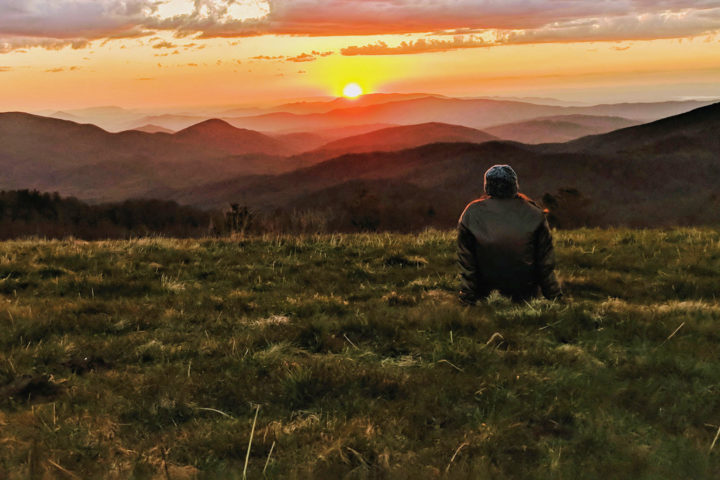
Plan and Prepare
Hiker Resource Library
A collection of resources for hikers to stay safe, healthy, and responsible on the Appalachian Trail.
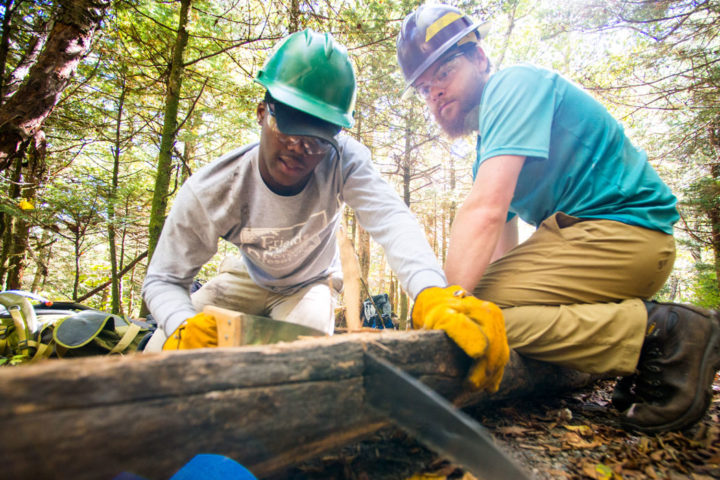
JOIN OUR EFFORTS
Ways to Volunteer
Volunteers are the heart and soul of the Appalachian Trail, and there are many opportunities for you to give back to the Trail you love so much.

